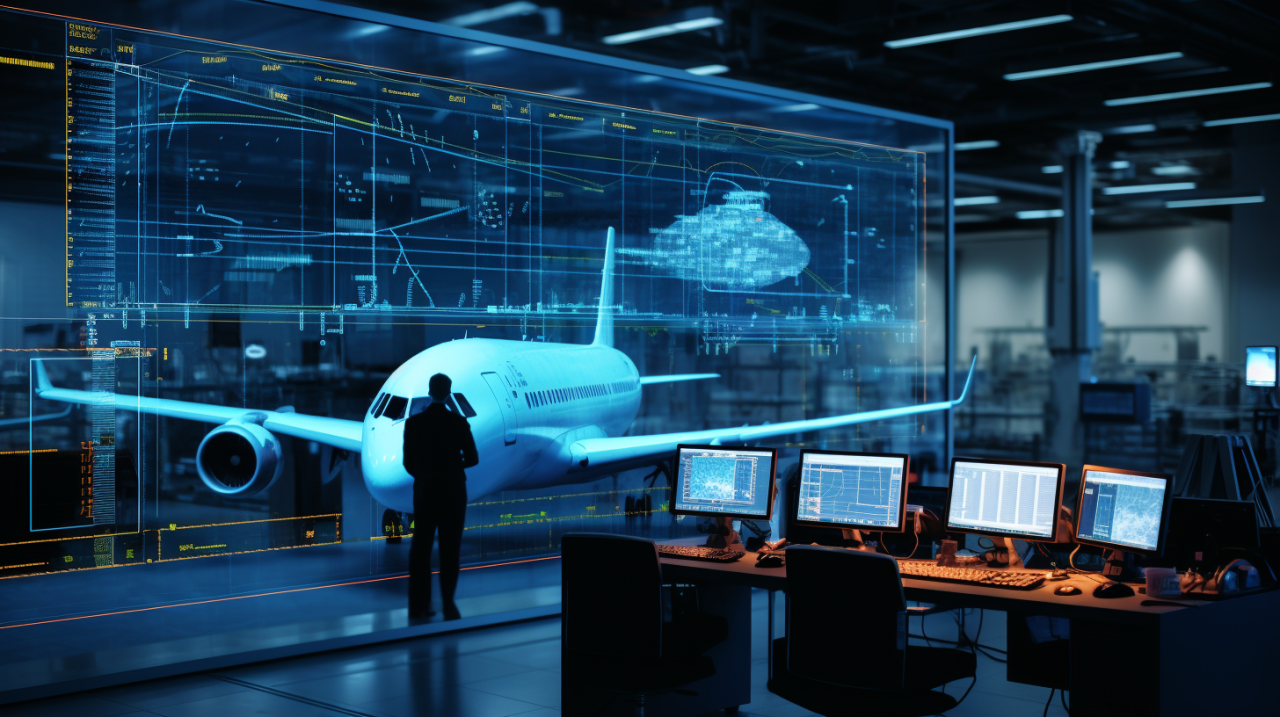The increasing concern of space debris poses a significant threat to the safety and sustainability of space operations. With the advancement of AI technology, detecting and managing space debris has become more efficient and reliable. In this article, we will explore how AI in space debris detection is reshaping the future of space safety.

Understanding Space Debris
Space debris refers to defunct satellites, spent rocket stages, and fragments from disintegration, erosion, and collisions. These tiny particles travel at high speeds, posing a risk to operational satellites and space missions. As more nations and private companies venture into space, the volume of debris continues to grow, making effective detection increasingly critical.
The Role of AI in Space Debris Detection
Artificial Intelligence has emerged as a game-changer in monitoring and managing space debris. AI algorithms can process vast amounts of data and identify potential threats in real-time. This capacity significantly enhances the accuracy of debris tracking and collision prediction, ensuring safer space missions.
AI Algorithms and Data Processing
AI algorithms are capable of analyzing data from various sensors and satellites to track space debris. Machine learning models can predict debris trajectories and potential collision risks, enabling timely decision-making. The ability to process and interpret this data quickly is crucial for maintaining the integrity of space operations.
Real-Time Monitoring and Alerts
With AI, real-time monitoring of space debris becomes possible, providing immediate alerts about potential collisions. This proactive approach allows space agencies and companies to take preventive measures, such as adjusting satellite orbits to avoid debris.
Collaborative Efforts and Partnerships
International cooperation is essential for effective space debris management. AI technologies facilitate collaboration by enabling shared access to data and predictive models. Organizations like NASA and ESA work with private firms to develop AI-driven solutions for global space safety.
The Role of Governments and Space Agencies
Governments and space agencies play a vital role in promoting the use of AI for space debris detection. By investing in research and development, they support the creation of more sophisticated AI systems. Initiatives like the European Space Agency’s Space Debris Office focus on integrating AI into their operations.
Private Sector Contributions
The private sector is increasingly involved in developing AI technologies for space debris detection. Companies are investing in AI-driven solutions to enhance their operations and ensure the safety of their assets in space. For more insights on AI’s impact on aerospace, visit AI in Aerospace and Defense.
Challenges and Future Directions
While AI has significantly improved space debris detection, challenges remain. The sheer volume of data and the dynamic nature of space debris require constant innovation. Future developments in AI will focus on enhancing prediction accuracy and developing autonomous systems for debris mitigation.
Data Security and Privacy Concerns
The use of AI in space debris detection raises concerns about data security and privacy. Ensuring that sensitive information is protected is paramount, especially when dealing with international collaborations. Developing secure protocols will be crucial for maintaining trust and cooperation.
Technological Advancements and Innovations
Ongoing research in AI and sensor technology promises significant advancements in space debris detection. New sensors with enhanced capabilities, combined with AI models, will enable more precise tracking and management of debris.
The Impact on Space Missions
The integration of AI in space debris detection has a profound impact on space missions. By reducing the risk of collisions, AI ensures the longevity and success of satellite operations and manned missions. This technology is pivotal for the future of space exploration and commercialization.
Enhancing Satellite Lifespan
AI-driven debris detection extends the lifespan of satellites by preventing damage from collisions. This capability is especially important for costly satellites that provide essential services like communications and weather forecasting.
Supporting Manned Space Missions
For manned missions, the safety of astronauts is paramount. AI technologies offer an additional layer of protection by continuously monitoring the space environment and alerting mission control to potential threats.
Conclusion
In conclusion, the application of AI in space debris detection is a vital development for the aerospace industry. It not only enhances space safety but also paves the way for more ambitious space missions. As technology continues to evolve, the role of AI in managing space debris will only become more integral.

FAQs
What is space debris?
Space debris consists of defunct satellites and fragments from disintegration and collisions in space.
How does AI help in detecting space debris?
AI algorithms analyze data from sensors and satellites to track debris and predict collision risks in real-time.
Why is international collaboration essential in space debris management?
International collaboration allows for shared access to data and predictive models, enhancing global space safety.

